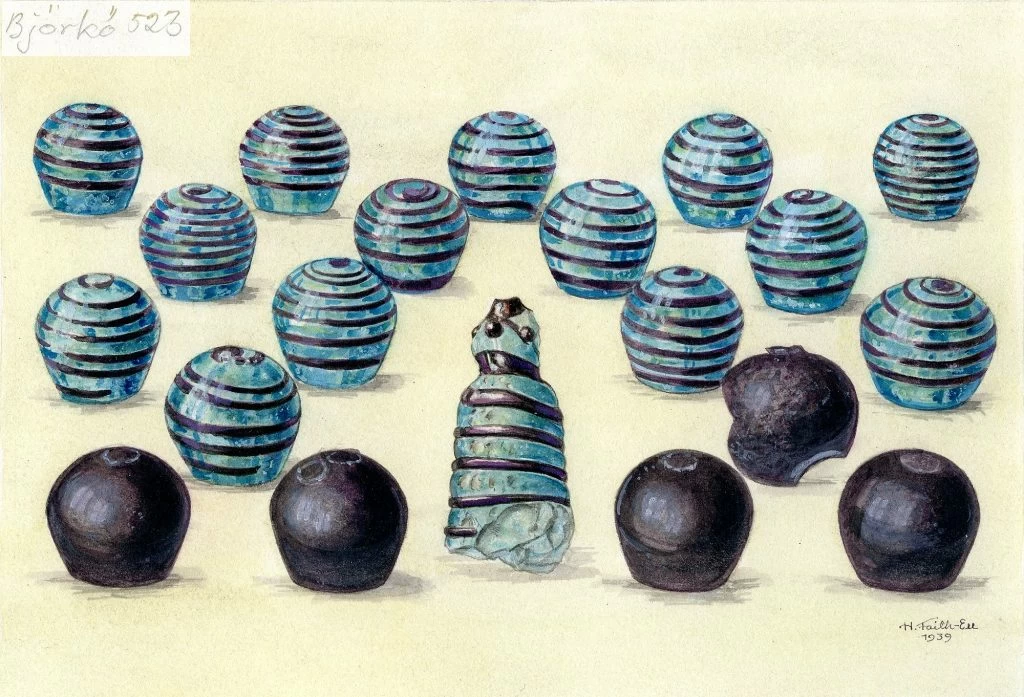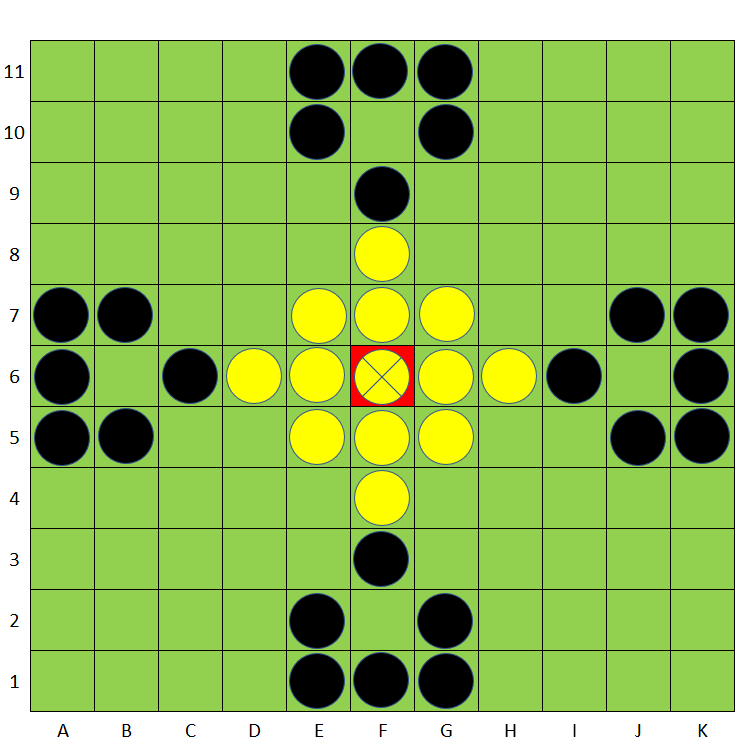Long before Chess conquered the world, the halls of Viking jarls and the campfires of Norse raiders were alive with the tense, strategic battles of Hnefatafl. Pronounced “nef-ah-ta-full,” this was not just a game; it was a saga played out on a wooden board. A game of siege, escape, and the desperate struggle of a cornered king, Hnefatafl offers a unique window into the Viking mind.
This game belongs to a whole family of “Tafl” games played across Northern Europe for centuries. One of the most famous and best-documented versions is the Welsh variant, Tawlbwrdd. Together, they represent one of the most exciting and unequal strategy games of the ancient world.

An Asymmetrical Battle: The Rules of Siege
The most thrilling aspect of Hnefatafl is its asymmetry. The two players have completely different forces and objectives, creating a dynamic and unbalanced conflict from the very first move.
- The Setup: One player takes the role of the king, who starts in a central “throne” square, protected by a small force of defenders (typically 8 or 12). The other player controls a large attacking army (typically 16 or 24) that starts on the edges of the board, surrounding the king’s forces.
- The Objectives: The goals are simple and diametrically opposed. The king’s player wins if the king can escape to any of the four corner squares. The attacker’s player wins if they can capture the king.
- Movement & Capture: All pieces, including the king, move any number of empty squares horizontally or vertically, like a rook in chess. Captures are made using the custodial method: a player “sandwiches” an opponent’s piece between two of their own. The captured piece is then removed from the board.
- Capturing the King: The king is a formidable piece. To capture him, the attackers must typically surround him on all four adjacent squares. This makes him difficult to trap, but his capture means an instant loss for the defending player.

Tawlbwrdd: The Welsh Variant
While many versions of Hnefatafl existed, the Welsh game of Tawlbwrdd is one of the best understood, thanks to a manuscript written by Robert ap Ifan in 1587. It provides a perfect example of Tafl gameplay:
- Board and Pieces: Tawlbwrdd is played on an 11×11 board. The king is supported by 12 defenders, who face off against a force of 24 attackers.
- The Setup: The defenders and the king start in a cross-shaped formation in the center of the board, while the attackers are arranged in groups along the four edges. This initial deployment immediately establishes the scenario: a besieged force holding a fortress, surrounded by a superior army.
The Rise and Fall of the King’s Table
The name Hnefatafl translates to “King’s Table,” and it was the undisputed king of strategy games in Northern Europe from the 4th century until the 12th century. Archaeological evidence, like the beautiful game board found in the Gokstad Viking ship burial, shows how important it was to Norse culture. It was played from Ireland and Britain to Scandinavia and deep into modern-day Russia and Ukraine.
However, the game’s reign came to an end. As the new game of Chess began to spread across Europe, Hnefatafl’s popularity waned. The symmetrical, balanced warfare of Chess eventually supplanted the wild, asymmetrical conflict of Hnefatafl, which faded into obscurity for centuries.
The Legacy of the Viking Game
Thanks to historical reconstructions and a passionate modern player base, Hnefatafl has been revived. Playing it today feels like stepping back in time. It’s a game that encapsulates the Viking ethos: the importance of a leader, the tension of a siege, and the possibility of a daring escape against overwhelming odds. It is not a game of slow, grinding attrition but one of bold moves, cunning traps, and sudden, dramatic victory or defeat.